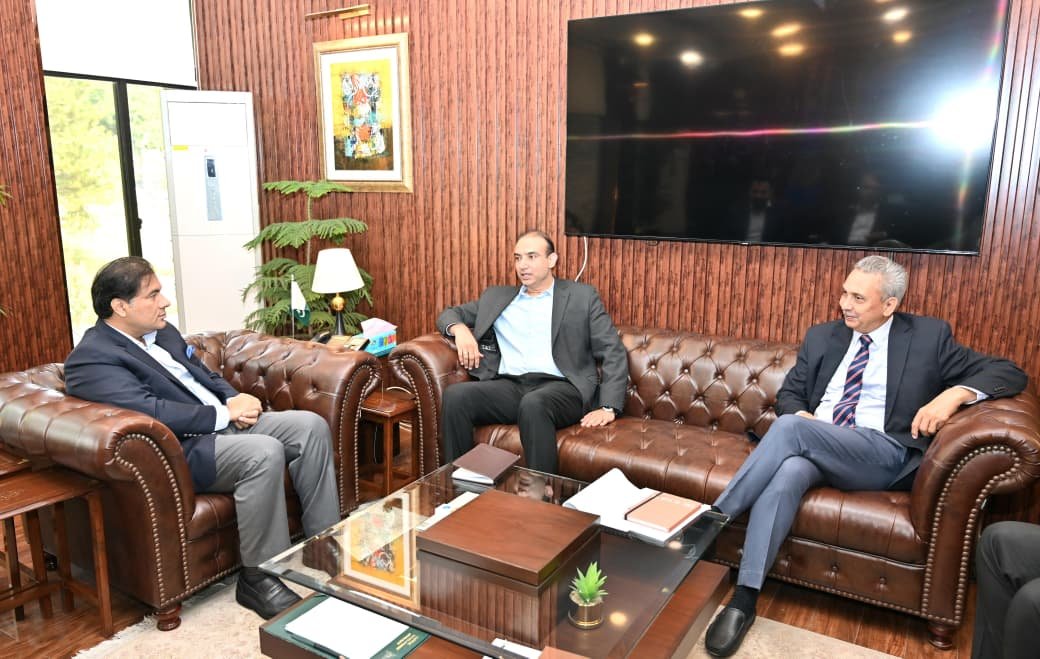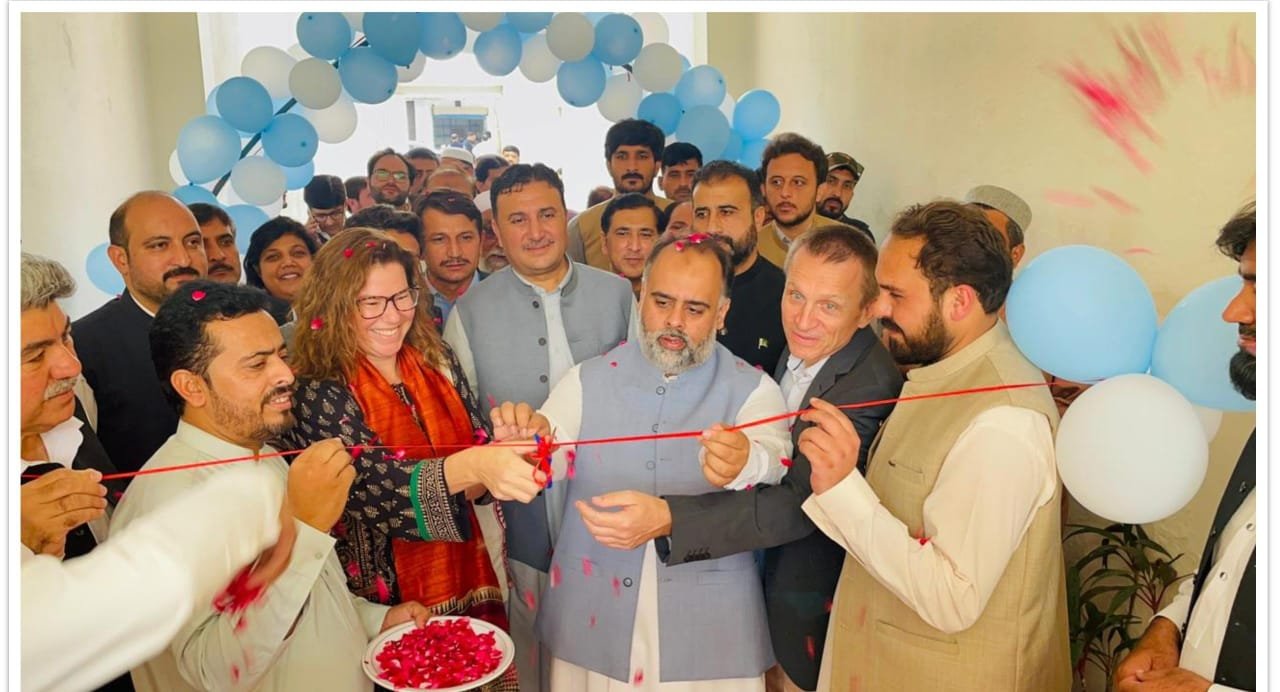In a world frequently rocked by conflict and posturing, the announcement of a full and immediate ceasefire between India and Pakistan comes as a rare and welcome development. According to former U.S. President Donald Trump, the ceasefire deal was reached after a “long night of talks” mediated by the United States. While details remain sparse, Trump’s post on Truth Social emphasized the success of diplomacy, lauding both countries for using “Common Sense and Great Intelligence.”
The move brings a sigh of relief not just to the citizens of both nuclear-armed neighbors, but to the broader international community that has watched the recent escalation with growing unease. For weeks, tensions along the Line of Control (LoC) in Kashmir have boiled over, with both nations trading artillery fire and launching strikes on each other’s military installations. Civilian areas have borne much of the brunt, with casualties and displacements reigniting painful memories of past hostilities.
It’s important to place this ceasefire in context. India and Pakistan have had a long, fraught relationship ever since their partition in 1947. The two countries have fought multiple wars, most notably in 1947, 1965, and 1999, largely over the contested region of Jammu and Kashmir. A ceasefire agreement was first formally established in 2003, but that understanding has been violated repeatedly over the years. The current agreement, if it holds, would mark a significant milestone—yet history teaches us to temper our optimism with caution.
Trump’s announcement also raises questions about the role of external mediation. While India traditionally resists third-party involvement in its bilateral issues with Pakistan, it appears that behind-the-scenes diplomacy led by the U.S. may have been instrumental in cooling tempers this time. If so, it would represent a rare instance where external influence aligned effectively with the internal interests of both nations. It’s worth noting that the U.S. has long held strategic relations with both countries, albeit complicated ones. Its ability to bring them to the table—if indeed that is what happened—demonstrates that even informal diplomatic channels can yield tangible results when urgency dictates.
Still, the true test of this ceasefire will be its implementation. Ceasefires on paper are often easier to arrange than peace on the ground. For this agreement to lead to lasting peace, both sides must commit to open communication, military restraint, and most importantly, political will. There are entrenched factions within both India and Pakistan that benefit politically and economically from a state of perpetual tension. These vested interests must not be allowed to derail what could be the start of a broader reconciliation process.
Moreover, any lasting peace must address the root causes of conflict—particularly the Kashmir issue. A ceasefire does not resolve the deep political and humanitarian challenges in the region. Both nations must eventually confront these questions through sustained dialogue, not just occasional military pauses.
Another aspect that bears consideration is the role of public sentiment. Years of propaganda and conflict have hardened opinions on both sides. For a ceasefire to translate into peace, there must also be a shift in public discourse—a movement away from jingoism and toward empathy, cooperation, and understanding.
In conclusion, while this ceasefire is far from a final resolution, it is undeniably a step in the right direction. Whether initiated through diplomatic backchannels or driven by exhaustion from mutual losses, it represents a moment of sanity in an otherwise volatile chapter of South Asian history. Trump’s role, whether exaggerated or understated, may matter less than the fact that for now, the guns have fallen silent.
It is now up to the leaders of India and Pakistan to build upon this fragile foundation—not just with more words, but with meaningful, sustained action. The people of both nations deserve more than momentary peace. They deserve a future where ceasefires are no longer needed.










